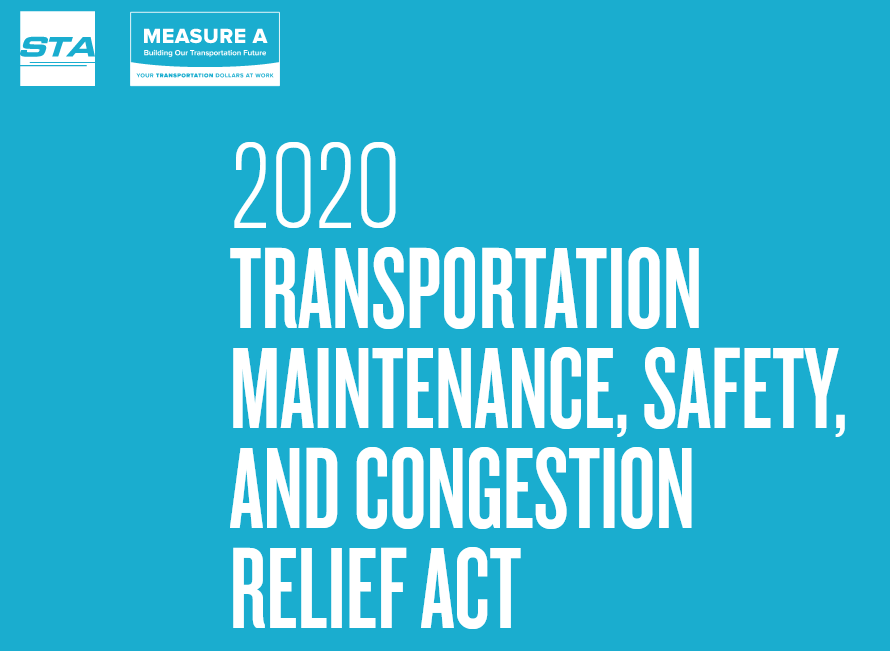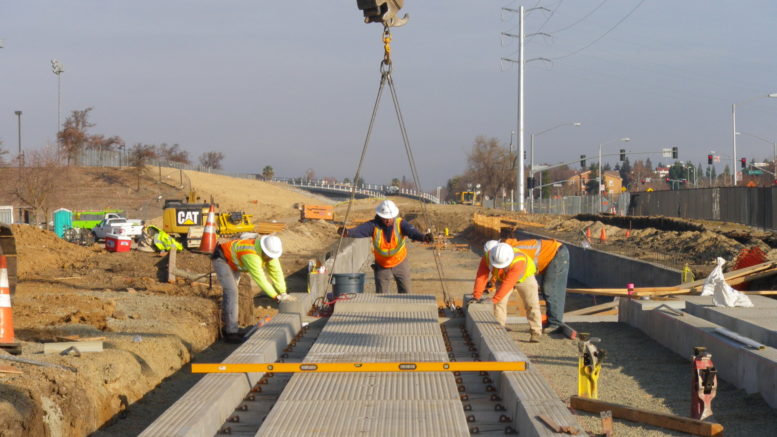Will voters approve higher taxes for transit and roads during a COVID-19 depression?
On Thursday, May 14, the Sacramento Transportation Authority board voted to give its final approval to a $8.4 billion road and transit plan—and to ask county supervisors to put a half-cent sales tax to fund it on the November ballot.
But the world looks far different than when the board first debated this once-in-a-generation initiative last year—and its chances seem iffier.
On Nov. 3, Sacramento will likely still be digging out of a deep recession and could be facing a second wave of COVID-19 infections and deaths. With that backdrop, will at least two-thirds of county voters really agree to pay higher sales taxes for the next 40 years?
Even before the devastating coronavirus pandemic, the measure’s prospects were somewhat doubtful.
To grow the pot of money to spend and win more support, the STA board extended the proposed tax hike from 30 years to 40 years. But a poll done for the STA last October shows less enthusiasm for a 40-year tax. After respondents heard about the measure’s potential benefits, support rose to 65% for the 30-year tax and to 62% for the 40-year—still below the two-thirds needed. With a half-cent increase, the average Sacramento household would pay about $90 more a year in sales taxes.
Also, voters across California appear more skeptical of tax hikes. In the March 3 primary, the passage rate for local tax measures was significantly lower than in recent years. While about 70% of special taxes and bond issues (requiring two-thirds votes) won approval in the June primaries in 2014, 2016 and 2018, only 22% (11 of 46) passed in March, according to a tally at CaliforniaCityFinance.com.
While no polling has been done since the pandemic, proponents of the transportation tax are undeterred.
“This program provides an opportunity for us to have our own economic stimulus package that will create jobs to help the economy recover at a time when that stimulus is needed the most.”
Will Kempton, executive director, Sacramento Transportation Authority
“The pandemic makes everything more challenging, but given the significant transportation needs in Sacramento County, we can’t stop planning for the future,” STA Executive Director Will Kempton said in an email.
He and other supporters argue that “shovel-ready” projects funded by the measure will create jobs, so the timing is actually good.
“This program provides an opportunity for us to have our own economic stimulus package that will create jobs to help the economy recover at a time when that stimulus is needed the most,” Kempton said. “The potential for a positive economic impact should encourage stronger voter support.”
To move forward, the plan had to win the blessing of cities representing a majority of the county’s population, plus the county Board of Supervisors. A majority of the elected boards in all cities voted for it. The Sacramento City Council unanimously approved it in March, and supervisors voted for it 4-1.
Supervisor Sue Frost, the “no” vote, is urging her supporters to comment before Thursday. “Although I have advocated for fixing our roads, the proposal directs nearly 40% to public transit and would impose a tax increase during an global pandemic,” she said in an email to constituents.
The $8.4 billion measure is called the 2020 Transportation Maintenance, Safety and Congestion Relief Act because those were the projects that polled the best, not mass transit.

Proponents call it a balanced plan, with something for everyone. Off the top, as much as $63 million would go to maintain and improve the American River Parkway, $40 million to operate the city of Sacramento’s intermodal transit center in the railyard north of downtown and $20 million to develop the city’s “clean transportation” regional mobility center.
Of the remaining money, 48% would go to local streets and roads, 22% to Sacramento Regional Transit for operations and expansion, 13% for rail and transit congestion relief projects and 12% for highway congestion relief projects. Those include the contentious Capital SouthEast Connector between Folsom and Elk Grove, which supporters say will ease the commute but which opponents say will invite more sprawl. Also, 3% would go to senior and disabled transportation services and 2% to the Sacramento Metropolitan Air Quality Management District.
Despite spreading the money around, it’s going to take an extensive—and expensive—sales pitch to convince voters, especially if there’s any organized opposition.
Transit and environmental advocates want more money for public transit to help combat climate change and improve air quality. Sacramento Metro Advocates for Rail and Transit and the SacMoves Coalition will wait until supervisors formally put the measure on the ballot before taking an official position, said Glenda Marsh, a co-founder of SMART.
The coalitions fought to get 39% of the money for public transit and rail, which is less than the 43% in the existing half-cent Measure A, which runs until 2039. While the groups failed to get 10% set aside for bike and pedestrian projects, they are eligible for the first five years of local “fix-it-first” funding, Marsh said.
“This will require advocacy to ensure bike and pedestrian projects are put in the pipeline and built and not left to last or bottom of the barrel,” she said in an email.
The pandemic further complicates the November election, which will be different than any in recent years. And it may turn out that the best chance for a transportation tax has already been missed. In November 2016–when the economy was humming—a 30-year half-cent tax hike fell just 8,100 votes short of the two-thirds majority needed.
Measure B boasted widespread support among elected officials and business leaders, and supporters vastly outspent opponents. But the $3.6 billion measure was hurt by lingering anger over Regional Transit service cuts and fare increases during the Great Recession.
RT has been cutting fares recently, but has reduced service during the pandemic. How long will it take for people to feel safe riding buses and light rail again, and will that reduce support for transit? Or will voters want to build more highways so they can drive alone without horrendous commutes?
In politics, timing can be everything.






Be the first to comment on "Pandemic politics"